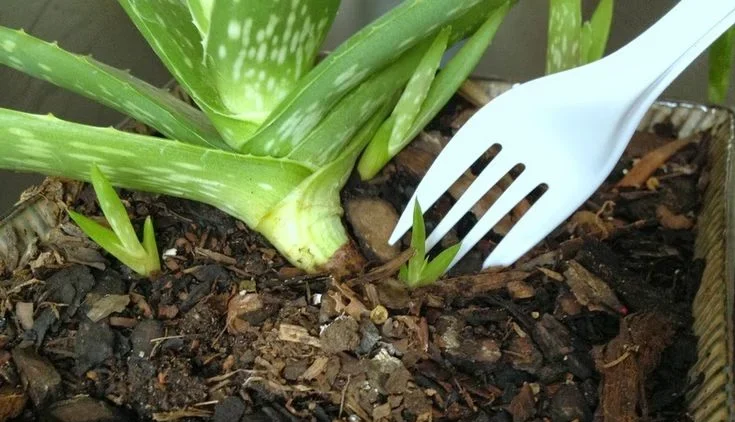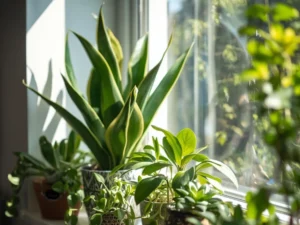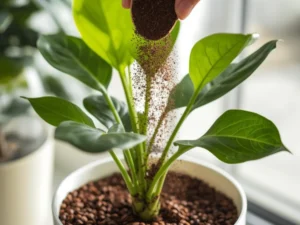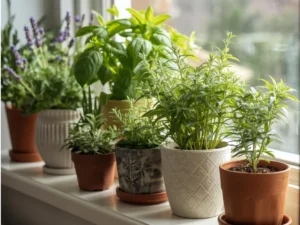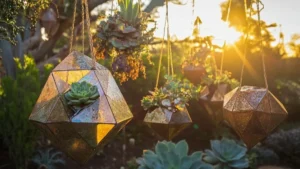Aloe vera is a resilient succulent known for its healing gel and decorative charm. However, even hardy plants like aloe vera sometimes need replanting. Whether your plant has outgrown its pot, developed pups, or simply needs fresh soil, knowing how to replant aloe vera plant is essential for maintaining its health and appearance.
In this article, you will learn every detail about replanting aloe vera, from choosing the right pot to aftercare. With the right techniques, you can ensure your plant continues to flourish while avoiding common mistakes.
Why You Should Replant Aloe Vera Plant
Aloe vera may survive neglect, but over time, replanting becomes necessary. The reasons include:
- Overgrown roots pushing out of the pot.
- Soil compaction reducing water drainage.
- Pups or offsets needing separation from the parent plant.
- Nutrient depletion after years in the same soil.
By replanting at the right time, you not only refresh the plant’s environment but also encourage new growth and prevent root rot.
Best Time for Replanting Aloe Vera Plant
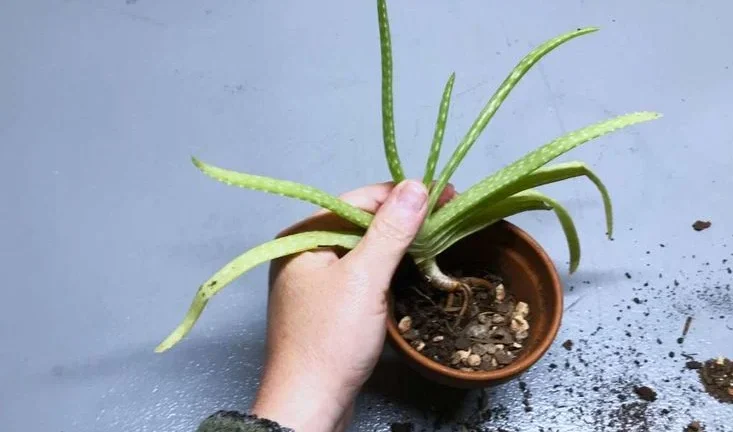
Timing plays a crucial role in the success of replanting. The ideal time is spring or early summer, when the plant is actively growing. During this period, aloe vera adapts faster to its new environment.
If your aloe shows signs like roots peeking through drainage holes, drooping leaves, or crowded pups, it’s a clear signal that it’s time to replant.
Step-by-Step Guide: How to Replant Aloe Vera Plant
Replanting aloe vera may seem tricky at first, but with the right approach, it’s a simple process that keeps your plant healthy and thriving. This step-by-step guide on how to replant aloe vera plant covers everything from preparing the right tools to choosing the best soil and pot.
Start by gently removing the plant from its current container, then inspect and trim any damaged roots.Next, separate the pups if they have grown around the base, and place each plant into a pot filled with well-draining succulent mix.
Finally, allow the aloe vera to rest for a few days before watering to encourage root healing.By following these clear steps, you ensure that your aloe vera not only survives the replanting process but also grows stronger in its new environment.
1. Prepare the Tools and Materials
Before starting, gather the following essentials:
- A new pot with drainage holes
- Succulent or cactus potting mix
- A small trowel or spoon
- Gardening gloves
- A clean knife (for separating pups)
Having all tools ready ensures a smoother and stress-free process.
2. Choose the Right Pot
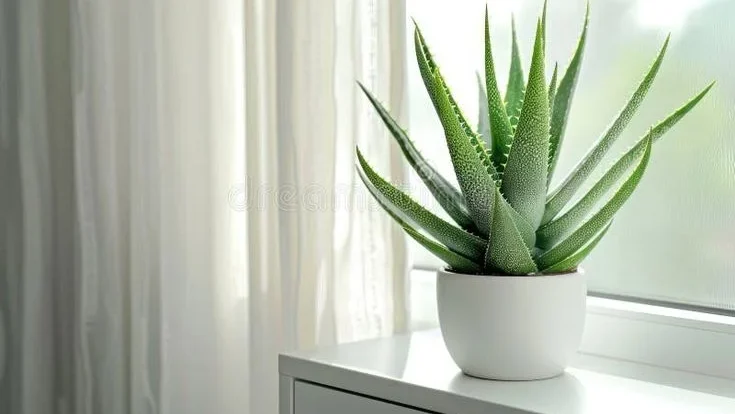
Selecting the correct pot is vital. Aloe vera thrives in terra cotta or ceramic pots because they allow excess moisture to evaporate. The pot should be just slightly larger than the plant’s root system too big, and the soil may hold water, leading to root rot.
3. Remove the Aloe Vera Plant Safely
Carefully tilt the pot and gently loosen the soil. Hold the base of the aloe vera plant and slide it out. Avoid pulling the leaves, as they break easily. If the plant is stuck, tap the sides of the pot or run a knife along the edges to loosen compacted soil.
4. Examine and Trim the Roots
Once out of the pot, inspect the roots. Remove any dead, mushy, or rotted sections using a clean knife or scissors. This step prevents disease and encourages healthy regrowth.
5. Separate Aloe Vera Pups
Often, aloe vera produces small offshoots, also known as pups or offsets. These can be replanted individually to grow new healthy plants. Gently pull them away from the main root, and if they are tightly attached, use a sterilized knife to separate them.
Each pup should have its own roots for successful growth. Additionally, while propagating aloe vera, it’s important to provide proper light conditions. Learn more about how much sunlight aloe plants need in this detailed guide Do Aloe Plants Need Sun?.
6. Prepare the New Pot and Soil
Fill the new pot about one-third with succulent soil mix. Aloe vera requires excellent drainage, so avoid regular garden soil. You can also mix in perlite or sand to improve aeration.
7. Replant the Aloe Vera
Place the aloe vera in the center of the pot. Spread the roots gently, then cover them with soil until just below the base of the lowest leaves. Press lightly to stabilize the plant but avoid compacting the soil too much.
8. Allow Healing Time Before Watering
One of the most crucial steps is waiting before watering. Aloe vera roots need time to heal from trimming or transplanting. Leave the plant dry for 5–7 days before giving it the first drink of water. This reduces the risk of root rot.
9. Provide Proper Aftercare
After replanting, place the aloe vera in bright, indirect sunlight. Too much direct sun may stress the newly replanted plant. Water sparingly, following the “soak and dry” method: water deeply, then wait until the soil is completely dry before watering again.
Common Mistakes to Avoid When Replanting Aloe Vera
- Overwatering immediately after transplanting.
- Using pots without drainage holes.
- Planting pups without roots.
- Compacting soil too tightly.
- Exposing aloe to direct sunlight right after replanting.
Avoiding these mistakes ensures your aloe vera adapts successfully to its new home.
Benefits of Replanting Aloe Vera Plant
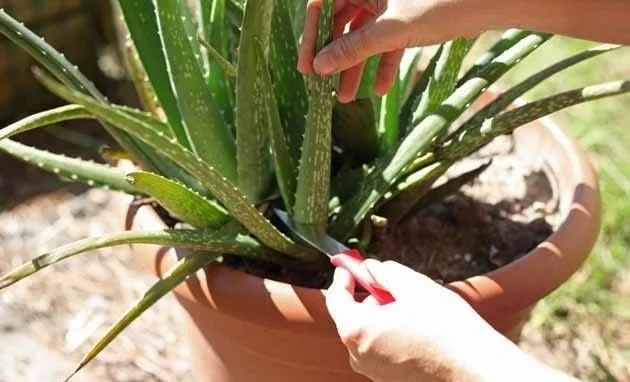
Replanting brings several advantages:
- Healthier and stronger root system
- Increased chances of propagation through pups
- Prevention of diseases caused by old, compacted soil
- Enhanced growth and appearance
Not only does your plant stay healthy, but you also gain new aloe vera plants to grow or share with friends.
Aloe Vera Care Tips After Replanting
- Place in a warm location (60–75°F / 16–24°C).
- Use a watering schedule based on soil dryness, not a fixed calendar.
- Fertilize lightly once every 2–3 months with succulent fertilizer.
- Rotate the pot occasionally for even sun exposure.
For more expert aloe vera care tips, you can explore trusted gardening resources like The Old Farmer’s Almanac Aloe Vera Guide.
Frequently Asked Questions (FAQs)
How often should I replant aloe vera plant?
Aloe vera should be replanted every 2–3 years or when it outgrows its pot.
Can I use regular garden soil for aloe vera?
No, aloe vera needs a well-draining succulent or cactus mix to thrive. Garden soil holds too much moisture.
How do I know if my aloe vera needs replanting?
Signs include roots poking through drainage holes, crowded pups, or the plant becoming top-heavy.
Should I water aloe vera immediately after replanting?
No, wait at least 5–7 days before watering to allow the roots to heal.
Conclusion
Learning how to replant aloe vera plant is a skill every gardener should master. With the right pot, proper soil, and careful handling, your aloe vera will not only survive but thrive in its new home. By following these steps and avoiding common mistakes, you can enjoy a healthier, more vibrant plant for years to come.
Whether you’re replanting a mature aloe or propagating pups, this process ensures strong growth and the joy of nurturing a resilient, healing plant. For those looking to expand their collection, check out our guide on the large aloe vera plant to learn how to care for bigger specimens and achieve even more impressive results.

